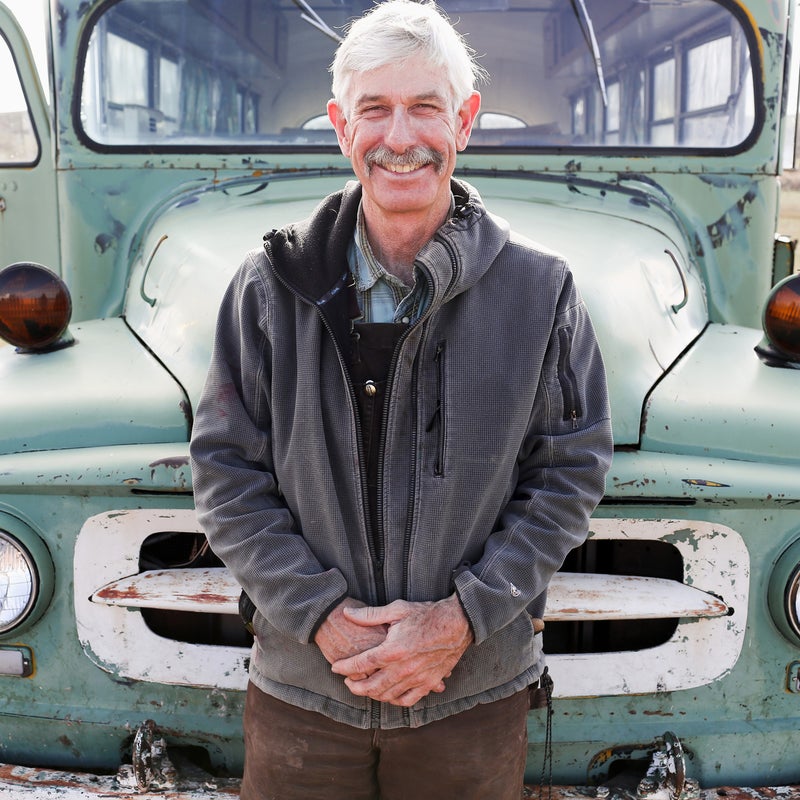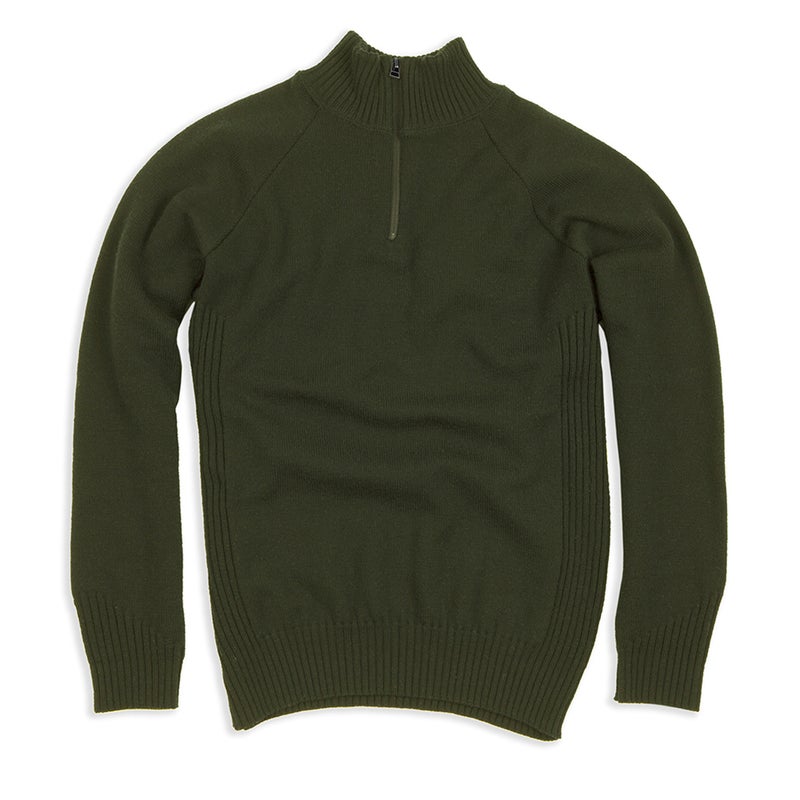Fred Roberts’s sheep lead cold, hard lives. The herd of some 500 Rambouillet-Columbia ewes spend the winter on the prairies of southwestern Wyoming, where the wind can strip the paint off a Ford pickup. In the spring, they walk 300 miles north to their summer range in the mountains near Jackson, which can see snowfall just about any day of the year.
But there’s an upside to the harsh American West: the sunny, arid climate spurs the animals to produce small-diameter wool fibers that can make a merino-grade garment. “American wool is loftier,” says Rita Samuelson, marketing director of the American Wool Council. “It tends to be spongy, due to a combination of genetics, nutrition, and environmental conditions.”

Recently, outdoor brands have started paying top dollar to include American wool in their goods, revitalizing what was once a dying industry. uses U.S. wool in its socks, which you can find in nearly 800 stores, including Cabela’s and REI. So does Bozeman, Montana, apparel maker , which owns a flock of more than 10,000 sheep and controls every stage of its U.S.-based manufacturing process. , a Colorado company, combines wool produced in the Rocky Mountains with synthetics to engineer fabrics that the company says perform better than wool alone. And , which took a PR hit last year when , has revamped its supply chain and is now sourcing American wool for many of its socks.
This is a major change from a decade ago. In 2007, the reported that 71 percent of U.S. wool was exported. Today only half is.
The shift has come about for a few reasons. First, U.S. wool used to be sent overseas to factories that made it washable via a process called shrink treating, in which the surface scales on the fibers are removed to prevent felting. But in 2010, a plant opened in South Carolina that can do that work, allowing manufacturers to keep their wool on U.S. soil throughout production. Second, outdoor companies bet on a strong market for domestically produced goods. And third, those brands started paying more for high-grade, American-made wool.

“When people first saw us at the Outdoor Retailer trade show in 2013, their initial reaction was, ‘Not another sock company,’ ” says Dave Petri, vice president of marketing for Farm to Feet. “But when they heard about what we were trying to do with a domestically manufactured product, there was a lot of interest.”
Other manufacturers saw an opportunity to tout their goods as American made. Consumers responded. Last year, for example, Farm to Feet produced more than 320,000 pairs of socks, a 63 percent increase over 2014. And Duckworth doubled its sales from 2014 to 2015.
As demand has grown, ranchers like Roberts have taken steps to breed their sheep to produce even better wool. That, in turn, brings a higher price from performance-apparel makers than, say, the coarse wool used in things like carpet and mattress pads. For Roberts and other producers, the new market comes with another key change: they can now point to a brand or product line and rest assured that it contains wool from the sheep they raise.
“Six years ago, we didn’t know much about where our wool went. All we knew was that a lot of it was exported to China,” Roberts says. “Now, if the quality is high enough, it has a good chance of staying here.”
After attending Outdoor Retailer for the past several years as a member of the American Wool Council, a Colorado trade group, Roberts changed his outlook on his family operation. Previously, he figured he might be the last Roberts to run the third-generation ranch. His son, Kyle, had left for school in Salt Lake City rather than stay and go bankrupt running sheep. But with wool markets looking better than they have in years, there’s money in it again. Last fall, Kyle returned home to help run the family business.
“Buying and using a domestic product has become a lot more important to people,” Roberts says. “And that’s a huge boon to wool producers. It’s supply and demand—if that’s what they want, that’s what we’ll deliver.”


